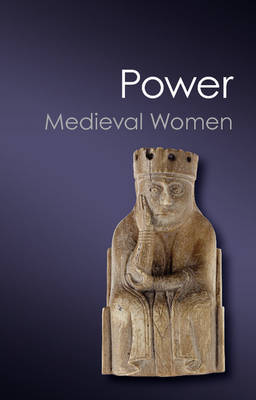Reviewed by Briana @ Pages Unbound on
Though each lecture is relatively short (and nicely broken up with an assortment of reproductions of medieval artwork), Power concisely addresses the major points of each topic and refutes the most common myths. She explains, for example, that not as many women were educated by nuns as people might think, and that the ideas presented about women in medieval texts (primarily written by male nobles and clergy) may not accurately reflect how women acted or were perceived in everyday life—particularly by peasants who would not have access to those texts.
Once in a while Power’s arguments do seem dated. For instance, she praises the aim of chivalry to “raise up” women as people to be served or venerated, with the argument that at least this was better than the tendency to see women as sinful descendants of Eve. Today, many scholars argue that actually chivalry did little to expand roles for women. However, the book as a whole is generally accurate. M. M. Postman did some minor editing to account for new research done between Power’s death and the publication of her lectures. Also, the historical facts tend to hold, while Power’s interpretation of them is often what is outdated.
Medieval Women is a thoughtful, highly readable introduction to its topic. Readers already deeply familiar with the history and literature of the Middle Ages will probably not find a lot of that is new here. But readers looking to start learning about women of the Middle Ages will do well to start here.
Reading updates
- Started reading
- 13 August, 2015: Finished reading
- 13 August, 2015: Reviewed
